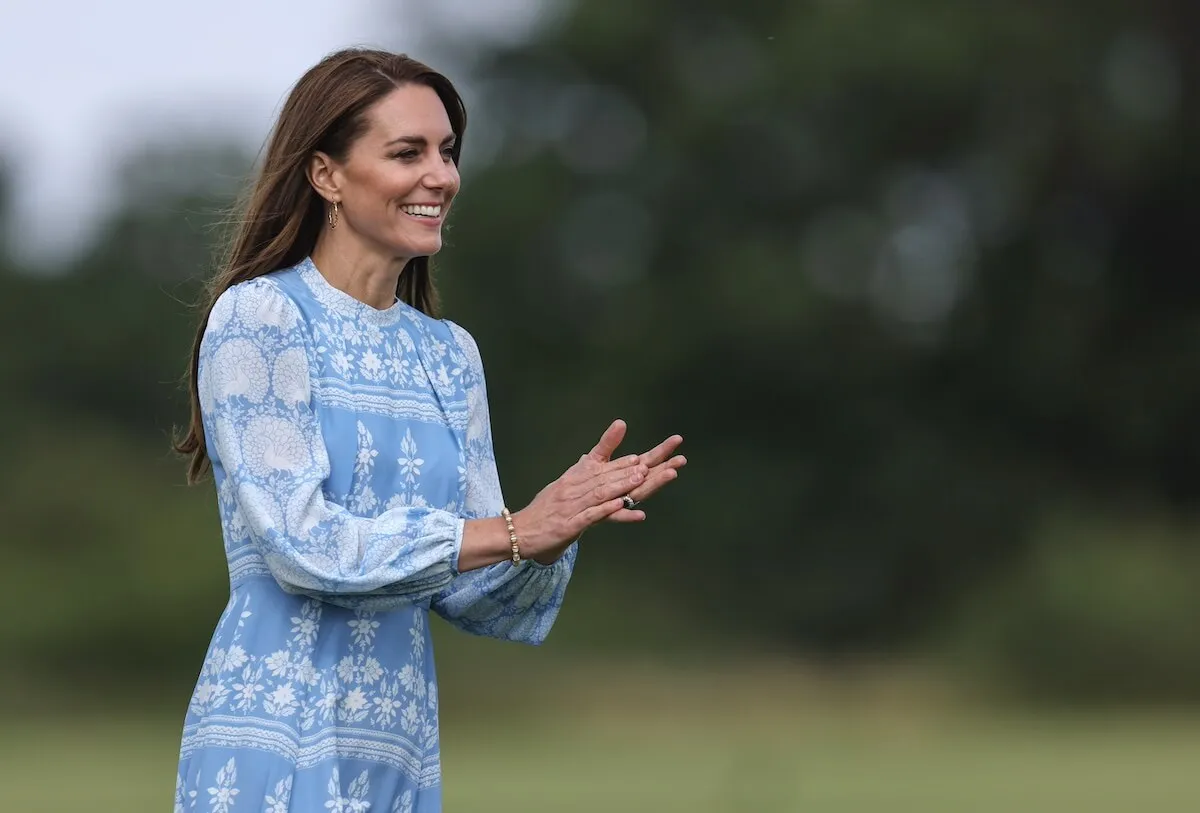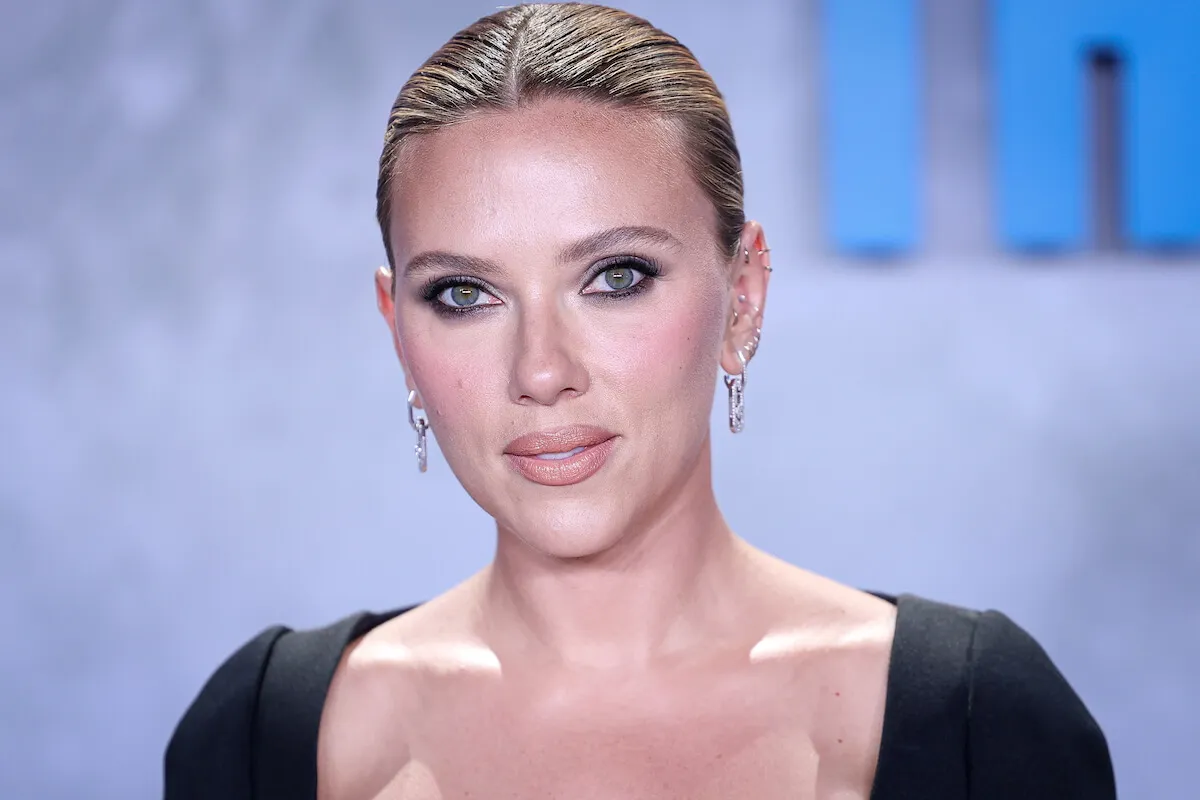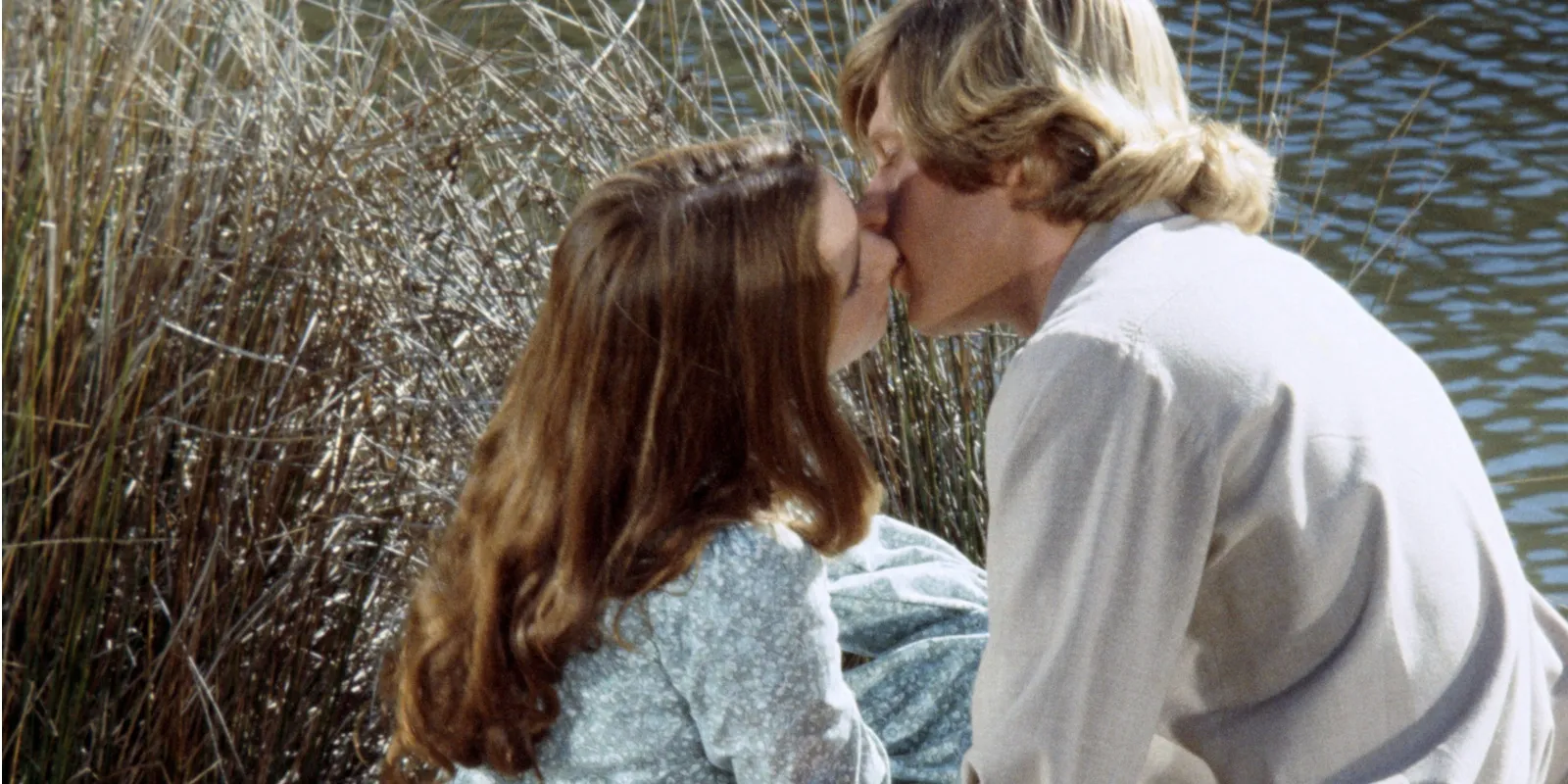‘All in the Family’: It Got Ugly Between This Show Star and CBS Over What Became an Emmy-Winning Episode
There comes a time for most artists when a line is drawn in the sand that symbolically states they have no intention of going “there.”
For one All in the Family star, that line came in the form of an episode they vehemently and repeatedly refused to appear in.
At some point, their statements of refusal began to come in the form of attorneys, so opposed was the actor to the episode in question. Here’s what happened and how it was resolved.
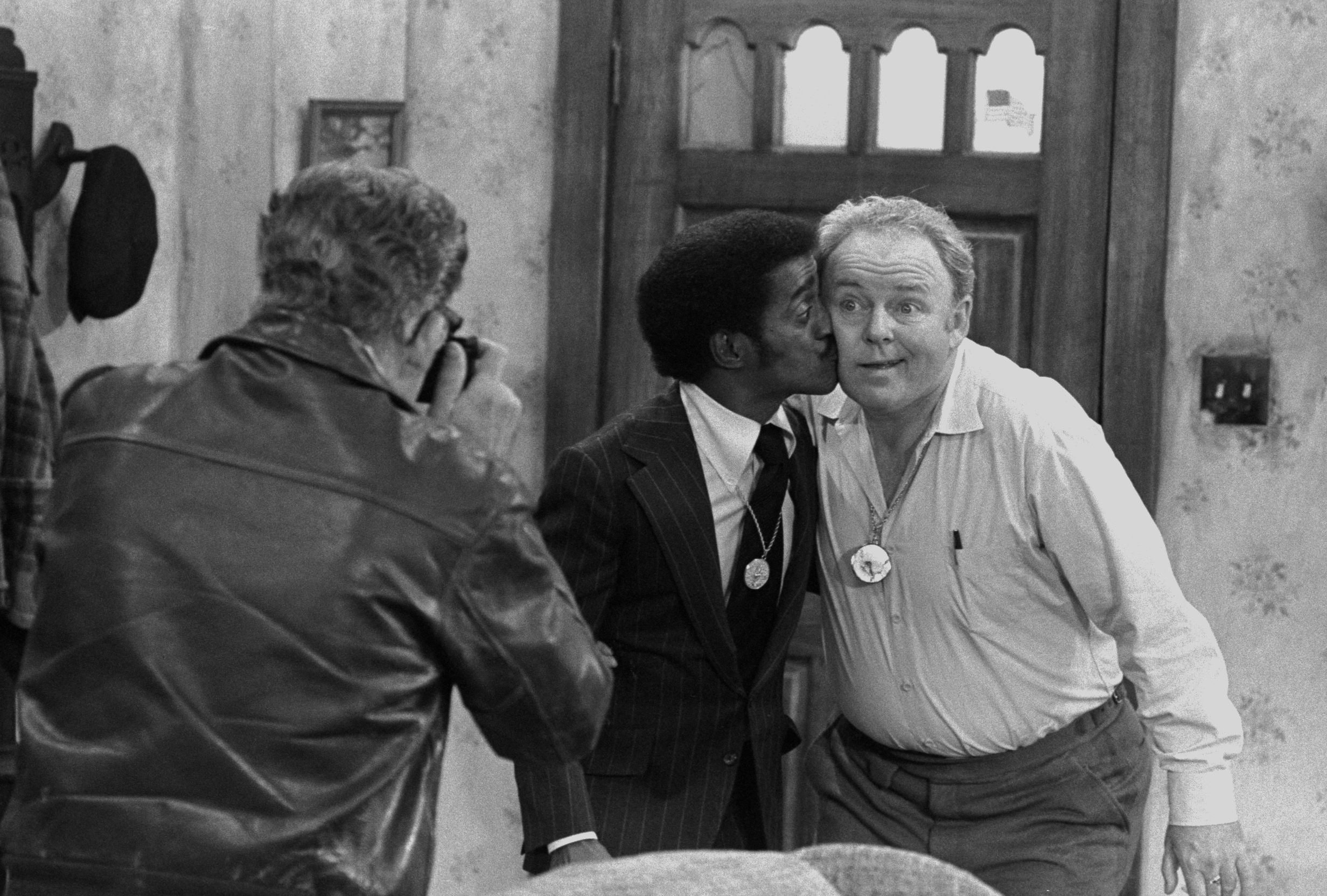
O’Connor trained as an actor in Dublin
The actor auditioned for the role of Archie Bunker along with several others interested in the part. Something about O’Connor set him apart from the others, the show’s creator Norman Lear wrote in his 2014 memoir Even This I Get to Experience.
““When Carroll came to audition, he entered as the cultured, New York- and Dublin-trained actor he was,” he wrote. “When he turned to the script to read, his voice, his eyes, and the attitude of his body shifted; he opened his mouth, and out poured Archie Bunker. Carroll hadn’t reached page 3 before I wanted to run into the street shouting for joy.”
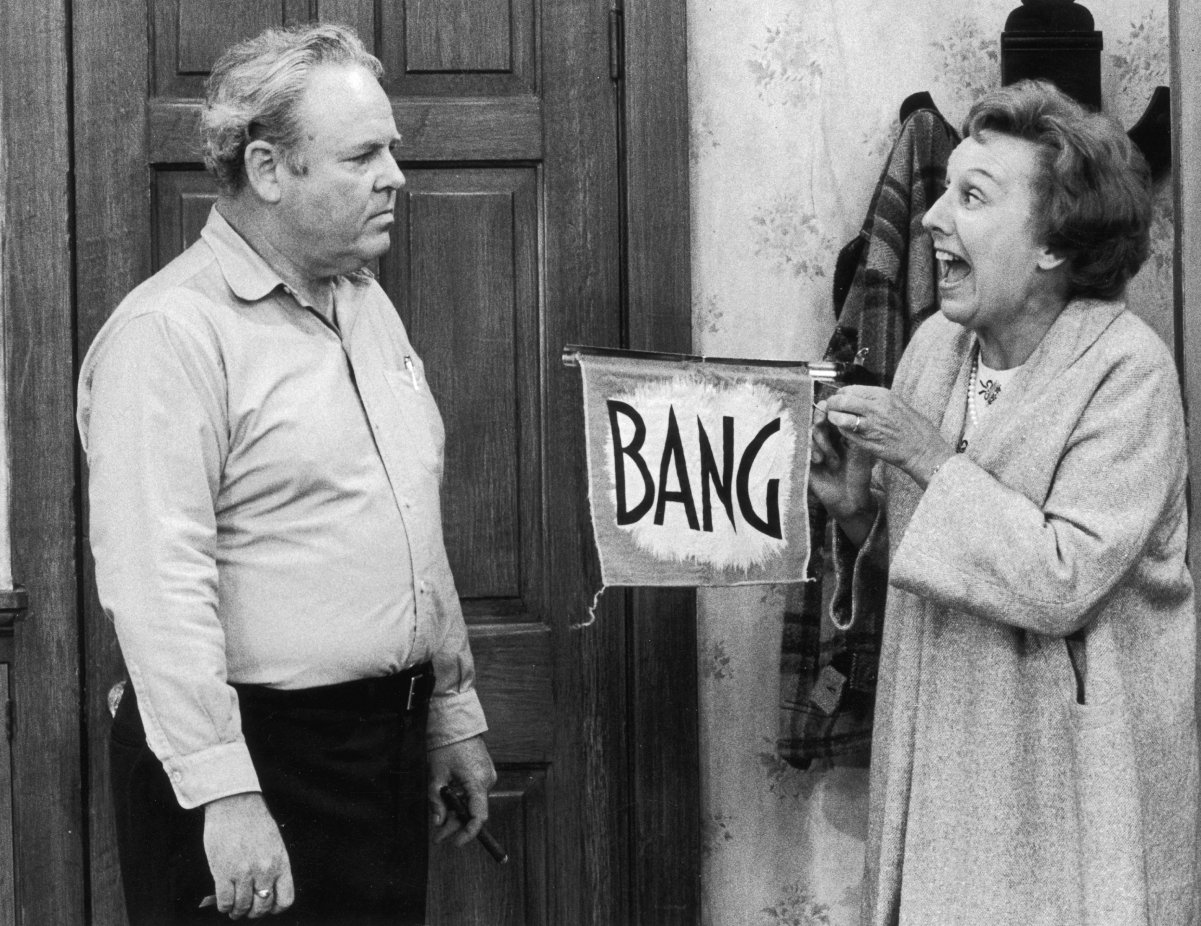
The Archie Bunker actor caught Lear’s eye in this film
Lear spoke with the Television Academy Foundation about the 1966 film he saw in which O’Connor played a small dramatic role. Until that point, the future All in the Family actor had only been a character actor. Still, he captured Lear’s attention for the lead in the upcoming television comedy.
“I’d seen [O’Connor] in a picture that [director] Blake Edwards did called What Did You Do in the War, Daddy? He played an officer. One scene in a tent. It was a dramatic scene, it wasn’t really comedy. But that face,” Lear said, laughing. “He was blustery and had an element of what I wanted in Archie Bunker.”
The television producer remarked that he knew O’Connor’s face would “light up the world on a television in close-ups.”
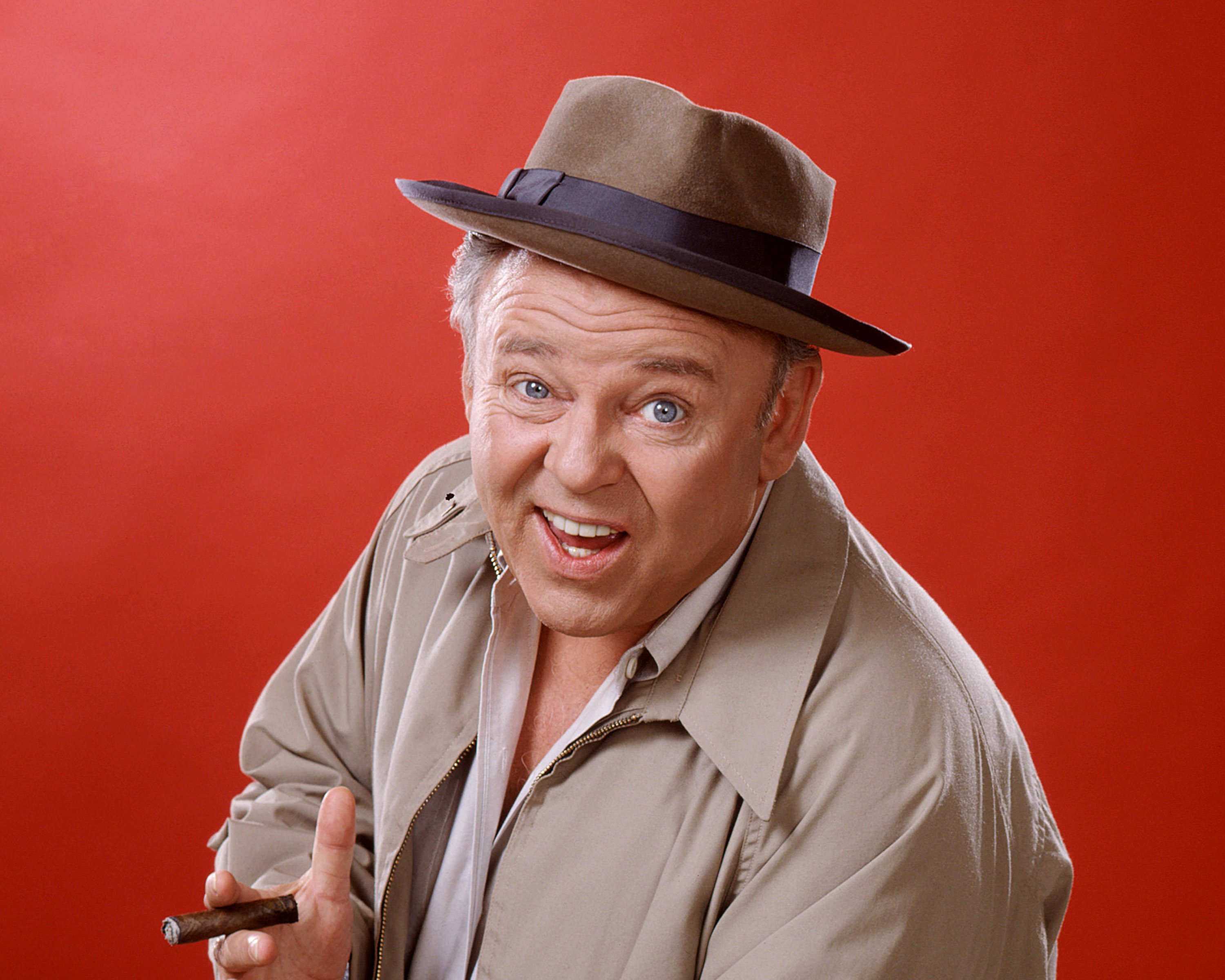
Silver Screen Collection/Getty Images
O’Connor hired attorneys in protest of this episode
As Lear described in his memoir, O’Connor during talks with CBS, Lear, his attorneys, and their attorneys, burst into tears over the episode titled “The Elevator Story.”
Upon first reading the script, which called for a pregnant woman to give birth on an elevator in front of four onlookers, O’Connor “announced there was no way in the world he would do this show.”
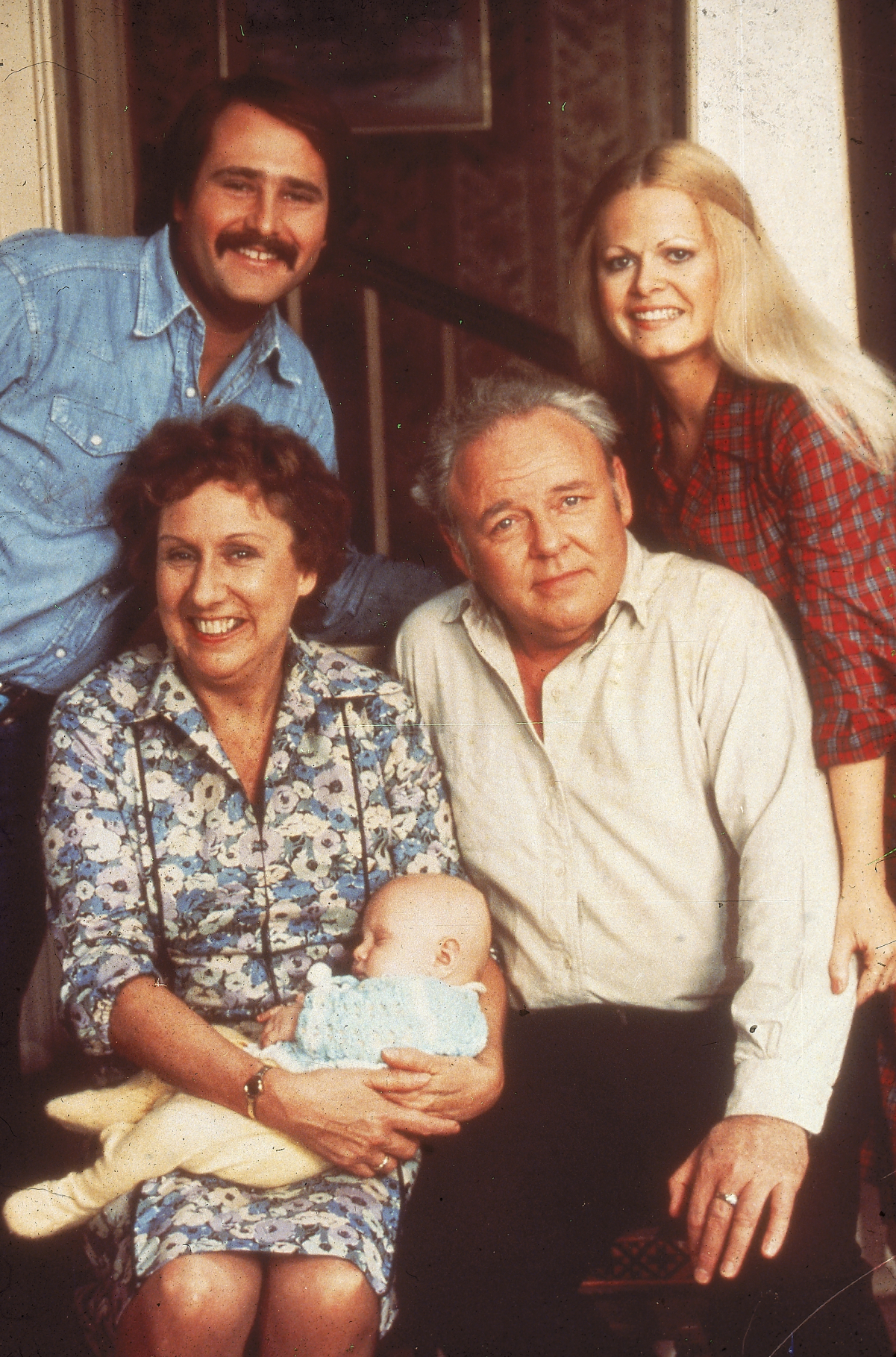
The actor claimed it would be impossible to shoot on an elevator with five actors, saying “You know you can’t do that! A baby born on the floor of a godd**n elevator! What’s that all about? I don’t want to talk about this anymore!”
After the actor’s teary outburst, Lear put his foot down and decided to move ahead with the episode. O’Connor continued his protest, boycotting the show’s set, prompting CBS’ attorneys to advise him that “All in the Family would be canceled,” if he didn’t report for work, Lear wrote.
With that, O’Connor returned, the episode was shot, and the show won a 1972 Emmy for Outstanding Achievement in Live or Tape Sound Mixing. Not sexy, perhaps, but important that the statuette acknowledged sound man Norman Dewes’ brilliance in overcoming the episode’s limitation of filming on an elevator.
